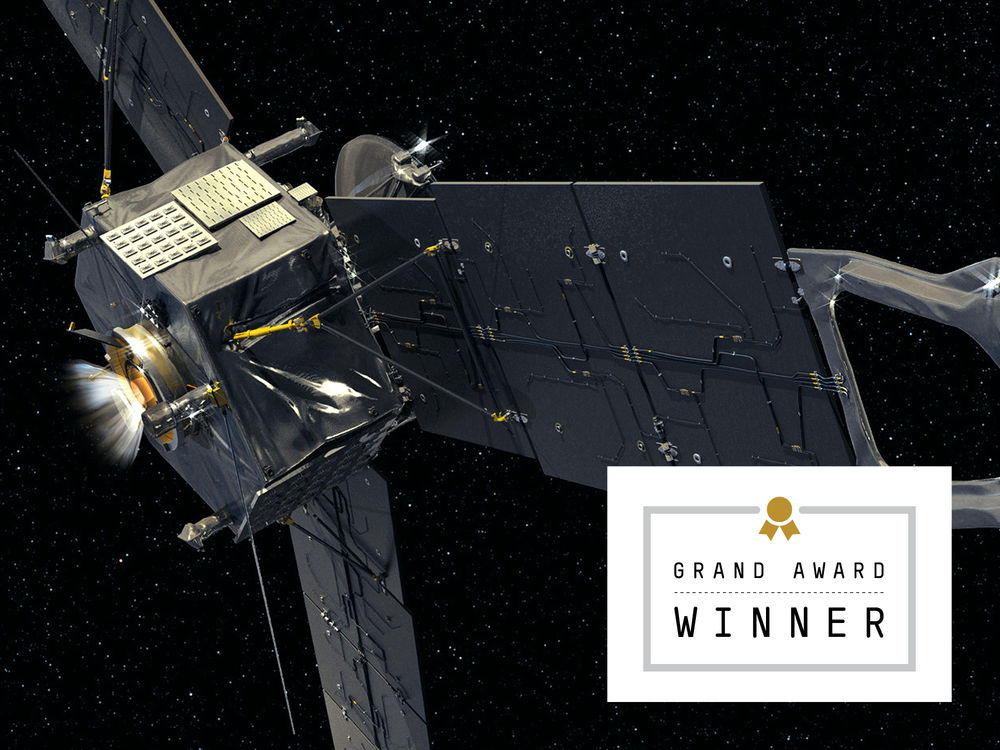
10.
Draper MAJIC: Astronaut Jetpack
Precise work is difficult in zero gravity, where small motions like twisting a wrench can send humans flying. To stabilize astronauts, Draper attached four (one for each dimension, plus a backup) softball-size control moment gyroscopes (CMGs)—spinning wheels mounted on gimbals that counteract torque—to its Mobility-Augmenting Jetpack with Integrated CMGs (MAJIC). Draper hopes to develop a space-ready version within a decade.
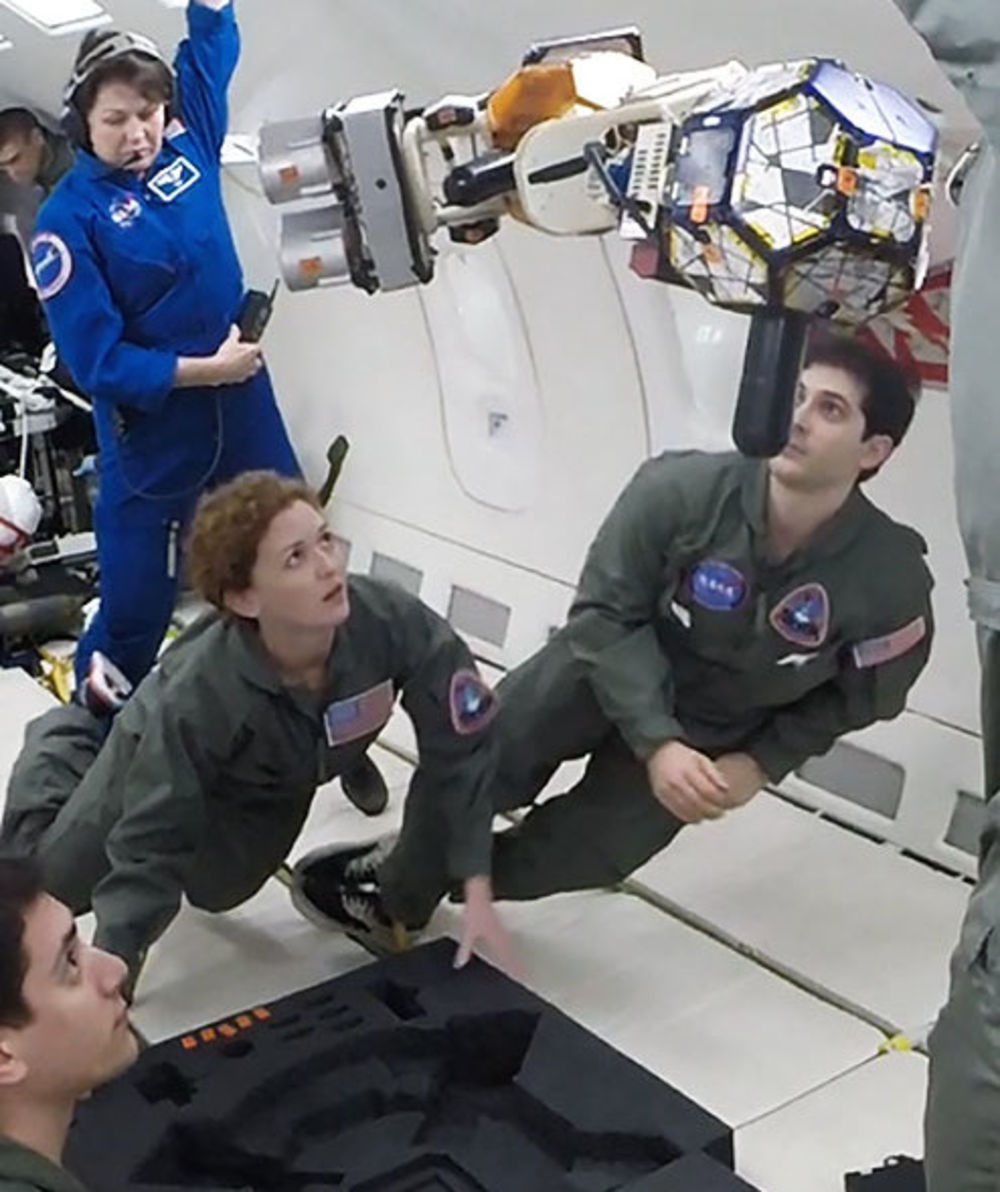
Draper
9.
German Aerospace Center HY4: Hydrogen-Cell Four-Seater
All-electric planes lack the power of gas-guzzling craft, which means they can carry only limited passenger weight. So in designing the four-seater HY4 airplane, which made its first flight in September, the German Aerospace Center supplemented the battery with a hydrogen fuel cell. It also split the passenger compartment in two to carry more weight. The zero-emission result has a 620-mile range—much greater than a purely battery-powered plane.
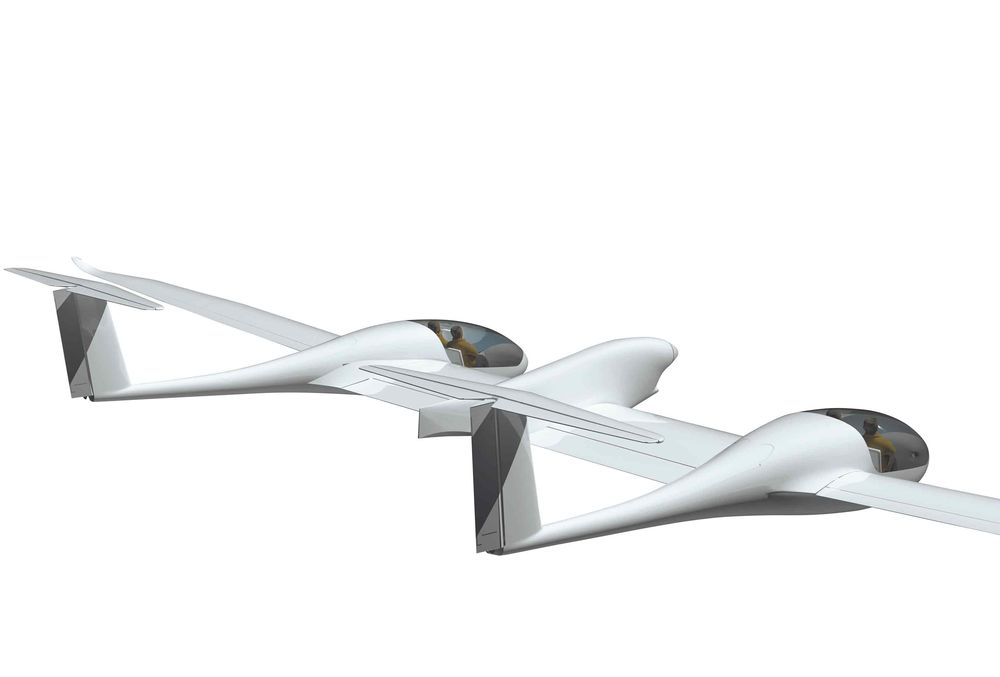
German Aerospace Center
8.
Facebook Aquila: Internet Via Drone
Facebook got one step closer to its goal of universal global Web access in July with its 96-minute test of a full-scale Aquila drone. To stay in the air for long periods, the plane has a massive 137-foot wingspan and a long, lean sub-1,000-pound body. Aquila’s final incarnation will be solar-powered and capable of spending three months aloft as it beams broadband access to an area up to 60 miles wide.
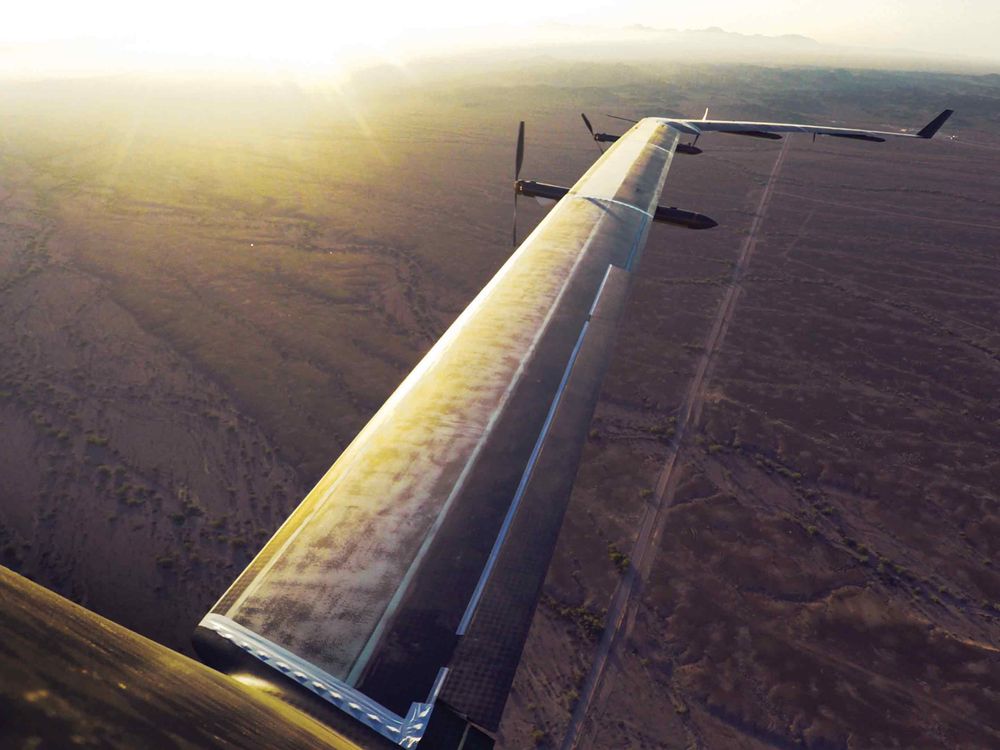
7.
Aerion Corporation AS2: Supersonic Returns
The AS2 supersonic business jet promises quiet, efficient travel at about 1,000 mph, nearly twice the speed of other commercial jets. It will hit the market in 2023—jet rental service Flexjet already preordered 20.
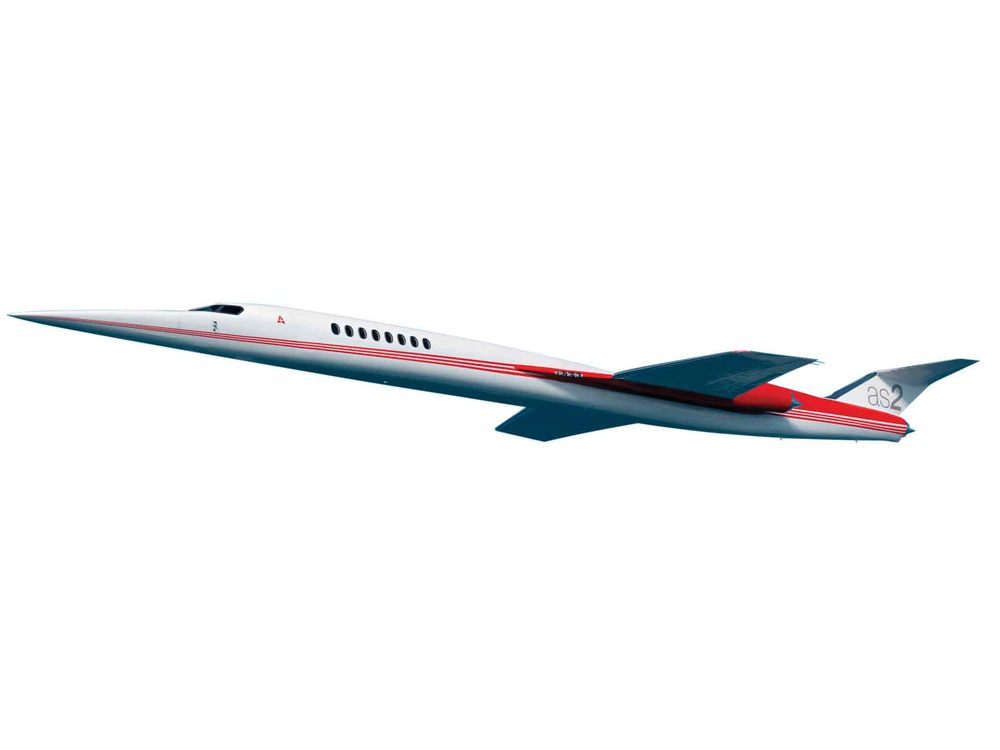
Aerion Corporation
6.
Zapata Industries Flyboard Air: High-Flying Hoverboard
This spring, French daredevil Franky Zapata smashed the record for longest hoverboard flight, traveling 7,388 feet. The jet-powered Flyboard Air can stay aloft for 10 minutes at a time, reaching over 100 mph and an altitude of 10,000 feet. Next, explosive-detection firm Implant Sciences Corporation, which is merging with Zapata Industries this year, will adapt the technology for applications like all-terrain rescue and supply delivery.
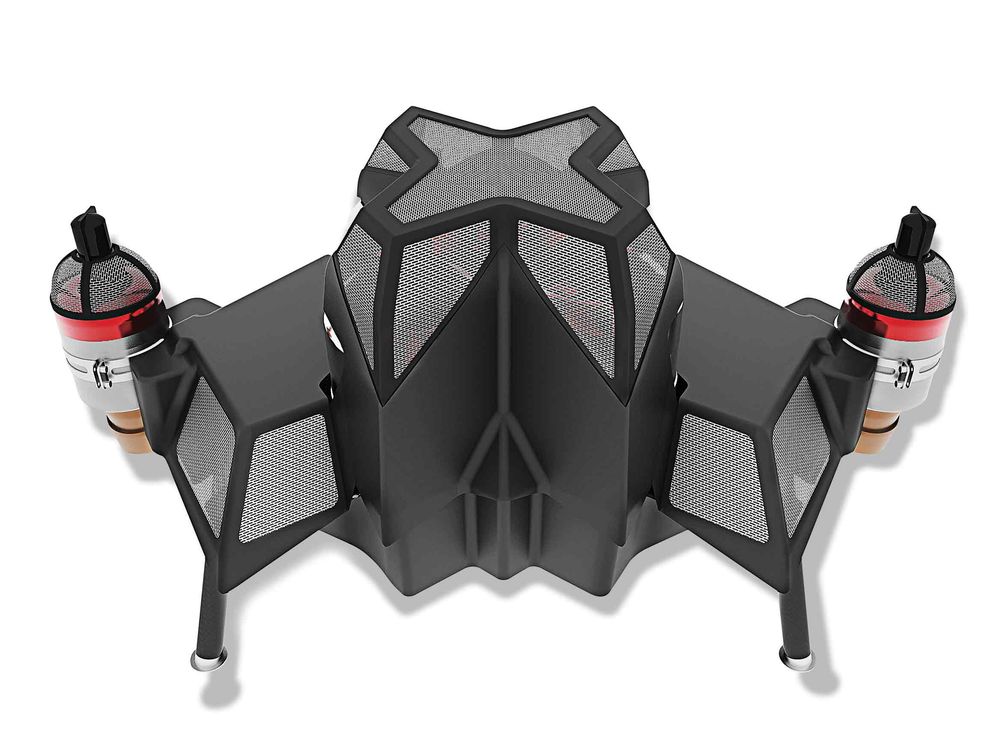
Zapata Industries
5.
Perlan Project Inc Airbus Perlan Mission II: Gliding to the Edge of Space
A better understanding of the stratosphere could lead to improved weather and climate models. To gather data without releasing engine emissions that could muddy air samples, scientists are sending the Perlan 2 glider. After a test to reach 55,000 feet, they aim to sustain flight at an altitude of 90,000 feet by 2017. These findings could also help Airbus design aircraft that fly more efficiently in thin air—like, say, in the atmosphere of Mars.
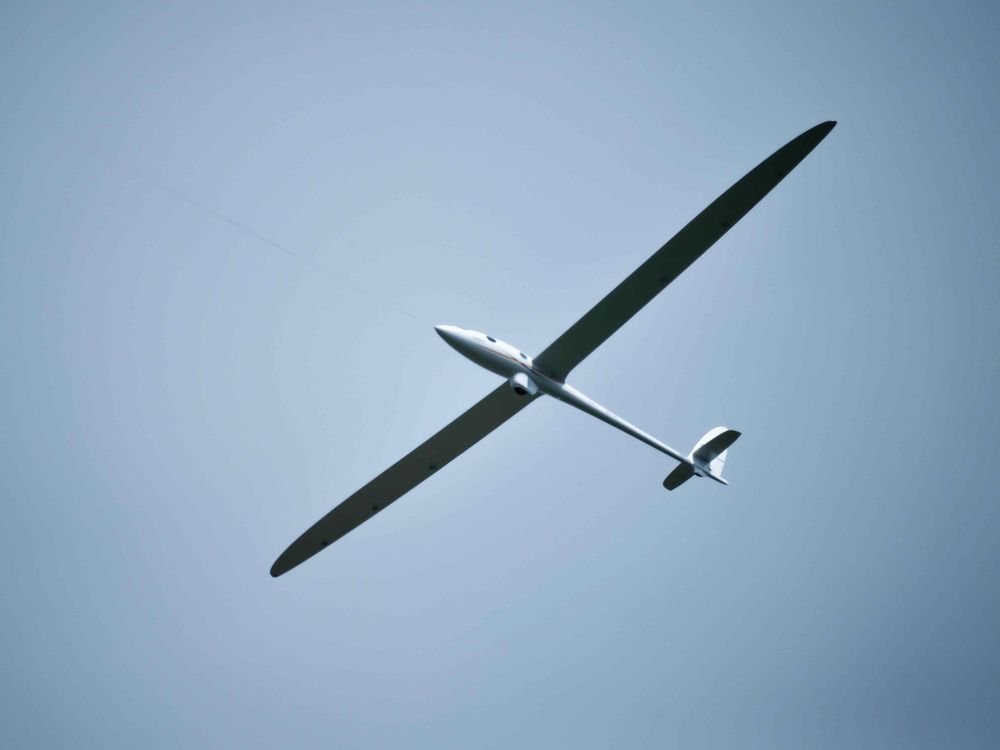
Perlan Project Inc
4.
SpaceX Falcon 9: Rocket Sticks the Sea Landing
The ability to reuse a rocket’s first stage—the part that traditionally falls into the ocean— could cut the cost of a launch by a factor of 100, according to SpaceX CEO Elon Musk. In April, after four failed attempts, the Falcon 9 rocket landed safely on a drone ship. The winning combination: more liquid-oxygen propellant for increased thrust, and a thruster-controlled landing—as opposed to its former, and less-successful, parachute method.
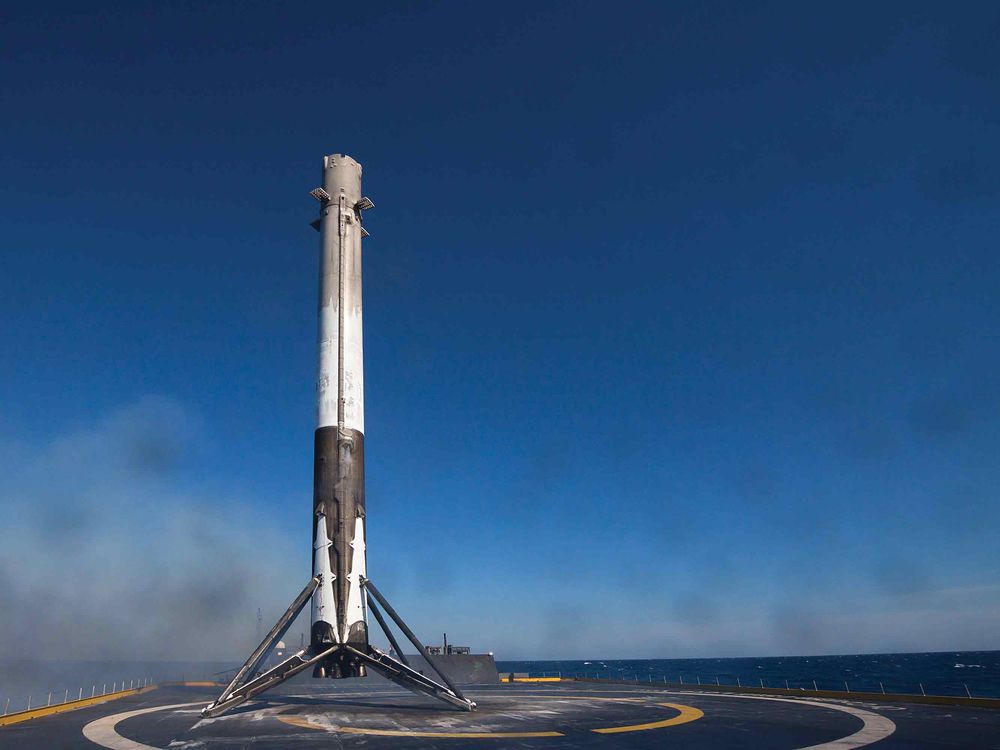
SpaceX
3.
Lockheed Martin Skunk Works SPIDER: An Airship-Fixing Robot
Before an airship gets inflated, humans have to painstakingly inspect its body for leaks. To shave days off that process, Lockheed Martin Skunk Works wanted this “pinhole check” to happen during inflation. Its solution: a SPIDER (self-propelled instrument for damage evaluation and repair). The autonomous robots magnetically attach to the blimp and crawl over its body, detecting and patching holes with an onboard repair kit.
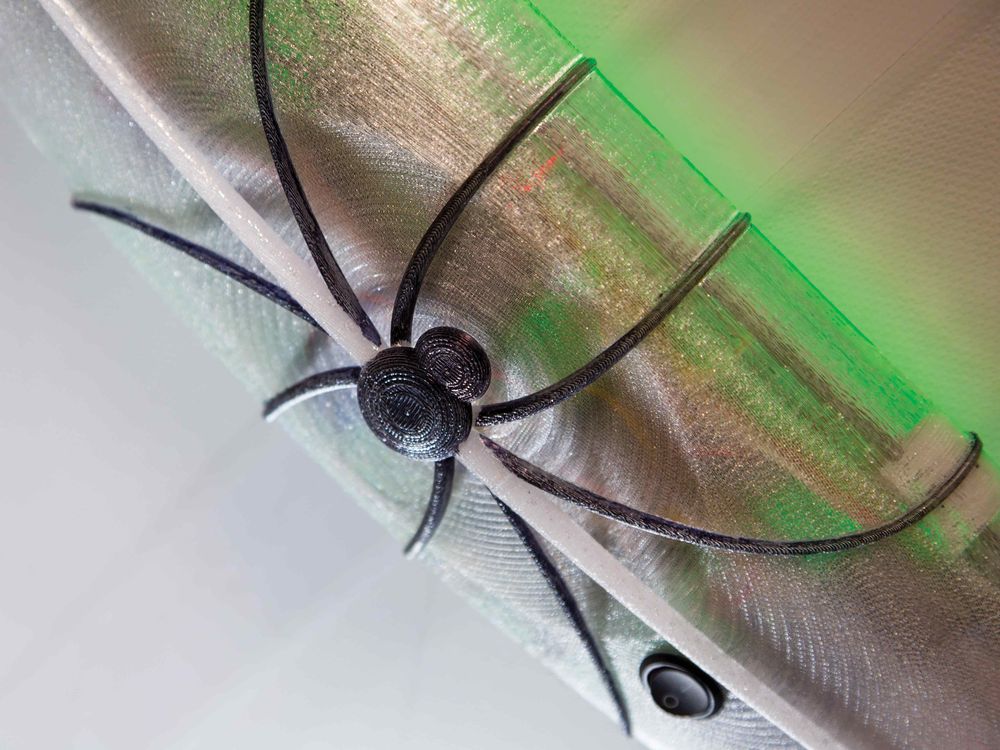
Lockheed Martin Skunk Works
2.
Bigelow Aerospace Bigelow Expandable Activity Module (BEAM): Inflatable Space House
In May, astronauts attached the BEAM habitat to the exterior of the International Space Station and then expanded it. Made of an internal skeleton and layers of Kevlar-like fabric, Bigelow’s pod is small and light— easy packing for space trips.
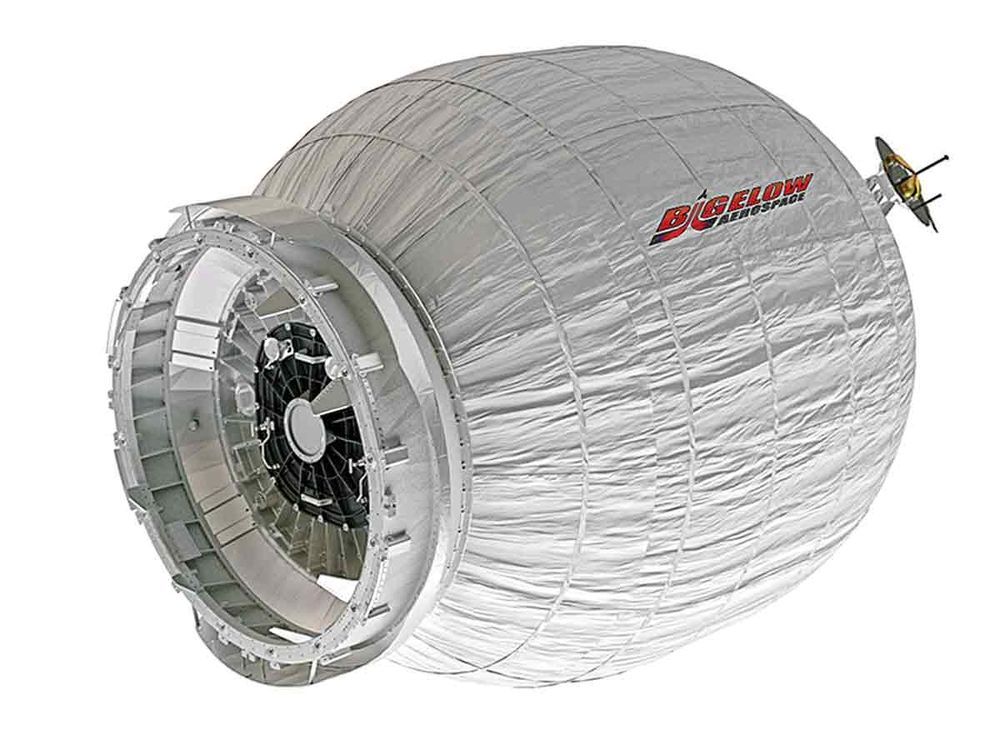
Bigelow Aerospace
1.
NASA Juno: Journey to the Center of a Gas Giant
On July 4—540 million miles from the nearest Independence Day barbecue—the solar-powered Juno orbiter began circling Jupiter’s poles, passing 2,600 miles above the planet’s clouds. “No spacecraft has ever orbited this close to Jupiter, in the heart of the radiation belts, where the magnetic field is this strong,” says project scientist Steve Levin. Protected from that radiation by a titanium vault, Juno’s scientific instruments—including a radiometer to study atmosphere and a particle detector to measure magnetic fields—will allow scientists to peer beneath the gas giant’s clouds. Over the next year and a half, Juno’s observations will tell scientists how much water is on Jupiter and whether the planet has a solid core. This could reveal how the solar system, including Earth, formed. The mission is also taking the highest-resolution images of Jupiter in history.

NASA
Source: popsci.com
